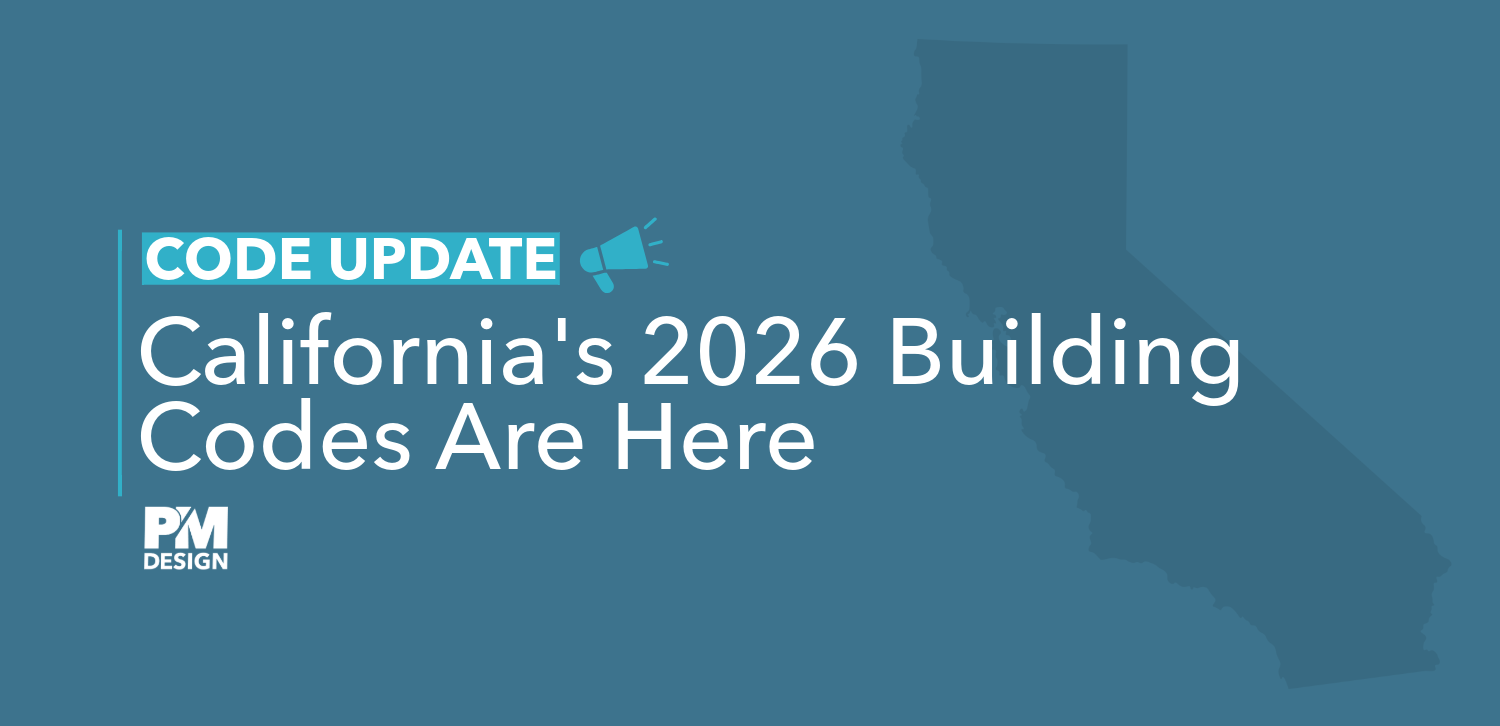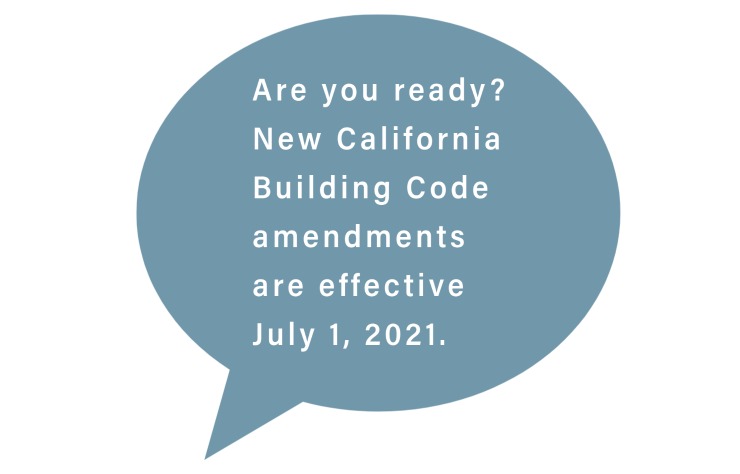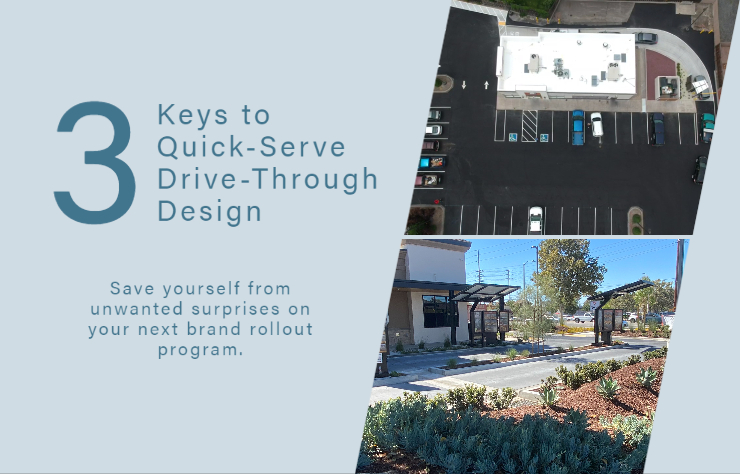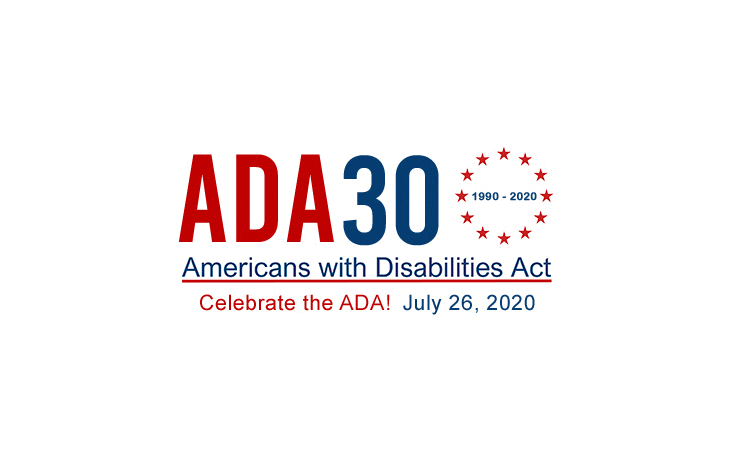2026 California Building Code Changes for Commercial and Retail Projects
Code updates go into effect January 1, 2026—here’s what that means for commercial, restaurant, and retail projects throughout the state.
If you oversee new building development programs in California, including commercial remodels, retail expansions, or restaurant rollouts, these updates may affect your building designs, site planning, and ultimately permitting timelines. The 2025 California Building Standards Code (including Title 24 and updated accessibility requirements) brings regulatory changes that could impact project scope, budget, and feasibility.
At PM Design Group, we’re already integrating these changes into our projects and design workflows—so our clients stay compliant and on track without disruption.
Key California 2026 Code Changes for Commercial Projects
The code updates aim to improve sustainability, accessibility, and energy resilience. Here’s a breakdown of the most relevant changes:
Electric-Ready Requirements in the 2026 Energy Code
The 2025 Energy Code (Title 24, Part 6) introduces new “electric-ready” requirements for commercial kitchens. Even if a project begins with gas appliances, it must now include electrical infrastructure to allow for a future transition to electricity.
This requirement supports California’s long-term goal of net-zero emissions by 2045 and calls for early planning.
Impact: Electrical service coordination must be addressed early in design to avoid downstream rework.
Solar + Battery Storage: New Dual Requirements
Solar panels must now be paired with battery energy storage systems (BESS). Any new commercial building that requires solar photovoltaic (PV) systems will also need to include battery storage.
This adds planning complexity related to roof space, load calculations, and system design.
Impact: Added cost and complexity for roof space planning, load calculations, and backup systems.
Updated Accessibility Requirements for California Restaurants
California’s 2026 accessibility updates diverge from federal ADAS guidelines. Most notably, the clear floor space at accessible dining tables can no longer overlap with accessible routes.
Restaurants may need to:
- Increase dining area footprints
- Adjust table layouts and spacing
- Strategically place tables to meet 36-inch aisle requirements (or 44-inch if a double loaded aisle)
- Redesign floor plans to maintain compliance
For additional details, view California Division of the State Architect accessibility resources.
Impact: Restaurants may need revised dining layouts or increased space to remain compliant.
How Code Changes Could Affect Expansion and Rollout Programs
- Project designs may be affected by the new code updates
- Permitting timelines if jurisdictions require updated plan sets or resubmittals
- Project budgets if scope needs additional infrastructure and design needs
- Schedules and feasibility if site constraints require redesign
- Design coordination between disciplines to ensure code compliance is integrated early
How to Prepare for the 2026 California Code Updates
- Assess your 2026 and late-2025 project pipeline for impact
- Engage a design partner who understands the new code requirements
- Integrate Title 24, BESS, and accessibility mandates at the start of design
- Update documentation to align with jurisdictional deadlines
- Adjust budgets for new compliance-related scope items
- Use resources such as the California Building Standards Commission for updates
Successful navigation depends on early action, expert collaboration, and clear project timelines.
Let’s Talk About Your 2026 Plans
We’re helping clients across the U.S. prepare for the 2026 California code changes. If you have upcoming projects in the state, let’s talk through your permitting, scheduling, and scope strategies.
Schedule a code-readiness call
Frequently Asked Questions
When do California’s 2026 building codes go into effect?
January 1, 2026. Projects submitted for permit on or after this date must comply with the updated codes.
Do the new accessibility rules affect restaurants specifically?
Yes. New code amendments prohibit accessible dining tables from having their clear floor space overlap with accessible routes and layout changes may be required to achieve compliance.
Do I need battery storage if I already include solar?
In most new commercial projects, yes. BESS is now required to accompany solar PV systems per the new energy code.





